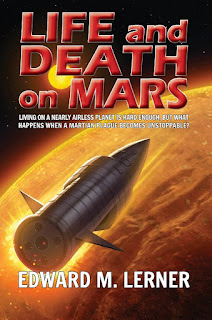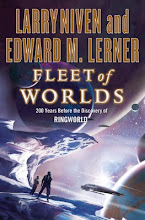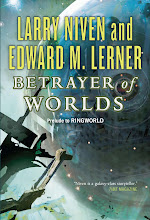
Science fiction can set stories in the conventional past, like any garden-variety historical novel. Or SF can move characters -- see my previous post about the
Time Travel Trope -- in and out of the conventional past. But SF can do
so much more. The genre also offers:
Alternate history: What if history had gone a different way, like the South winning the Civil War? (Or, more intriguingly: What slight change -- like a Confederate battle plan
not lost before the
Battle of Antietam -- would lead to the South winning?) Thereafter, how might events unfold? Example: Harry Turtledove’s
How Few Remain.
Future history: A story set against a future so richly imagined that it
feels like history. Examples: Isaac Asimov’s
Foundation series or -- from the guy who arguably invented the concept -- Robert Heinlein’s
Future History stories.
Secret history: A story that unfolds within history as we know it -- while making us understand that history in a new way. Example: Michael Flynn’s Eifelheim, in which aliens were stranded in medieval Germany. More mainstream: Dan Brown’s The Da Vinci Code.
Combinations: Why not mix ’em up?
Playing with history, past and future, is a
lot of fun. It must be -- we SF authors do it often. And mea culpa.
Fleet of Worlds
and, more so,
Juggler of Worlds
, both of which I co-wrote with Larry Niven are -- while standalone -- also secret future histories within Larry's
Known Space.


































2 comments:
And, of course, so was Protector.
FYI, some of the secret history in PROTECTOR is going to come out in DESTROYER OF WORLDS (late 2009).
Post a Comment